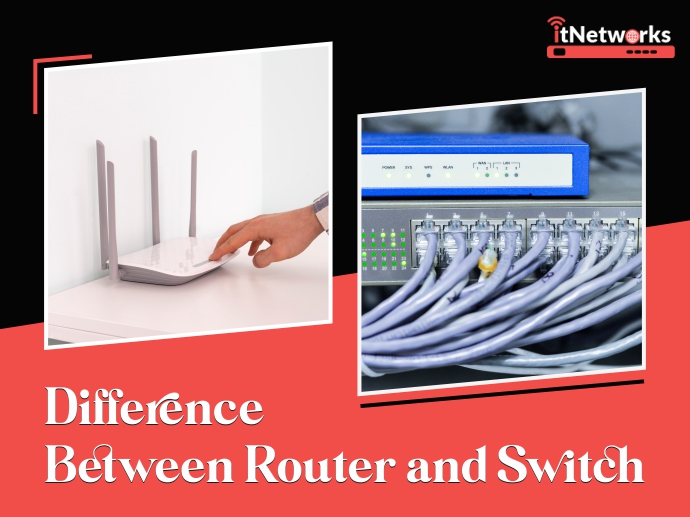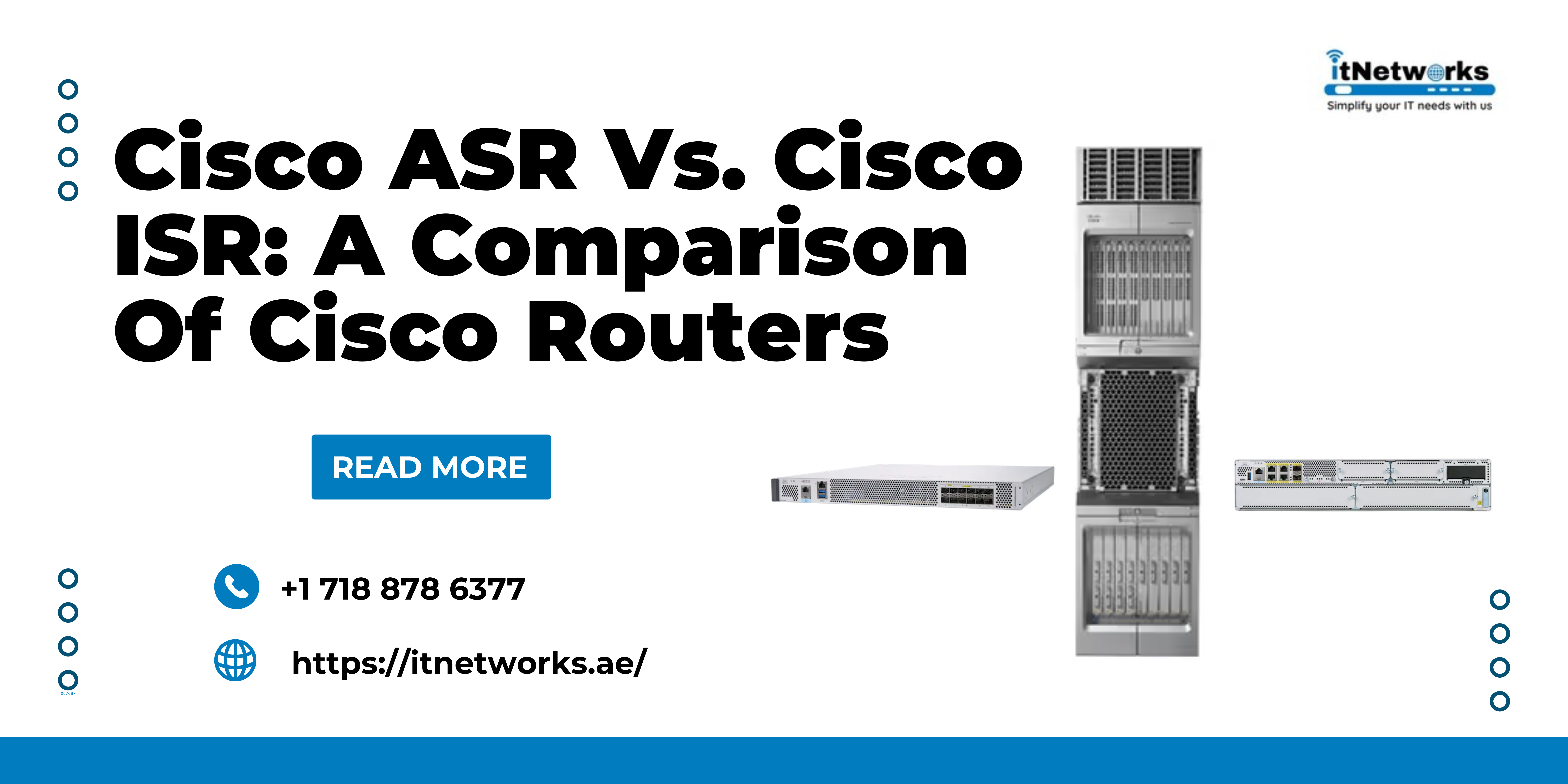Difference between Router and Switch
The switch and router are the two most important network components. Although they are both connecting devices in a network and are commonly confused, they serve different purposes. In this article, we will look at how the switch and router differ from one another.

What is a Router?
A router is a computer networking device that performs two primary functions:
- The creation and management of a local area network.
- The administration of data that enters and exits a network, as well as data that travels within the network.
In other terms, a router helps its users manage numerous networks while also routing network traffic between them. In the case of a home network, a router connects to the private LAN while also connecting to the Internet. Furthermore, many routers have different built-in switches. These switches enable users to connect a variety of wired devices.
How Does a Router Work?
We have different networked devices in our homes and offices, such as PCs, tablets, printers, and so on, and with the router, these devices may be connected to the internet and form a network. A router first connects the modem to other devices, allowing them to communicate with the internet.
The router routes/transmits data packets with the specified IP address from one network to another or inside the same network. It accomplishes this by assigning a local IP address to each device connected to the internet; it ensures that data reaches its intended destination rather than being lost inside the network.
Applications of Router
Here are some examples of Router applications:
- Establishes a local area network (LAN).
- It allows you to divide your internet connection among all of your devices.
- Connect various media/devices.
- Run a firewall.
- The routers determine where to send information from one computer to another
- Packet Forwarding, Switching, and filtering.
- The router also ensures that information reaches its intended destination.
- Connect to a VPN
Advantages of Router
- Wireless routers are commonly used because they allow most networking devices to connect effortlessly at any time, without the need for a bundle of wires.
- It can connect to many network architectures, such as Ethernet cable, Wi-Fi, or WLAN.
- It offers extremely secure network access with password security.
- It decreases network traffic by using the collision function.
- It routes data packets to the correct destination using the routing table and intelligence.
What is a Switch?
A network switch is a computer networking device that connects various devices on a single computer network. It can also be used to route information into an electronic form of data (that transmits over various networks). Switches are also known as bridging devices since the process of establishing a link between network segments is known as bridging.
How does a switch work?
Each networking device, as we know, has its own MAC (Media Access Control) address. When a device or computer transmits an IP packet to another device, the switch encapsulates the IP packet with the source and destination MAC addresses and sends it to the other device.
When the frame arrives at the destination device, it is stripped, and the device receives the IP packets and only communicates with the device that matches the specified destination MAC address.
Applications of Switches
Some examples of switch applications include:
- A switch helps in the management of data flow across a network.
- Medium to large-scale LANs containing several linked managed switches.
- SOHO (Small Office/Home Office) applications make extensive use of switches. To access multiple broadband providers, SOHO typically uses a single switch.
- It is used to physically connect devices in a computer network.
- A switch can send data to any other device in either half-duplex or full-duplex mode.
Advantages of Switches
- It increases the network's available bandwidth.
- It can be linked directly to workstations or gadgets.
- Enhances the network's performance.
- Switched networks have less frame collision because switches define the collision domain for each network.
- It helps in the reduction of workload on individual hosts such as PCs.
Router vs. Switch: Key Differences between Router and Switch
- A router's primary function is to connect two different networks, whereas a switch's primary job is to link end devices such as computers, printers, and so on.
- A router operates on the network layer of the OSI model, whereas a switch operates on the data link layer of the OSI model.
- The router is primarily responsible for determining the shortest and optimal paths for packets to take to reach their destination using the routing table. The switch, on the other hand, determines the destination address of an IP packet and forwards it to that address.
- A router employs two routing techniques: adaptive routing and non-adaptive routing. A switch, on the other hand, employs numerous switching mechanisms such as circuit switching, packet switching, and message switching.
- The IP addresses are saved in the routing table by the routers. A switch, on the other hand, stores the MAC address in the lookup table or CAM table to get the source and destination addresses.
- Except for VLAN implementation, each port on a router has its broadcast domain, and each switch has only one broadcast domain.
- Routers can operate in both wired and wireless network environments, whereas switches are limited to wired network connections.
Contact us via WhatsApp at +971585811786 for more information or to buy the best routers and switches in the industry.





